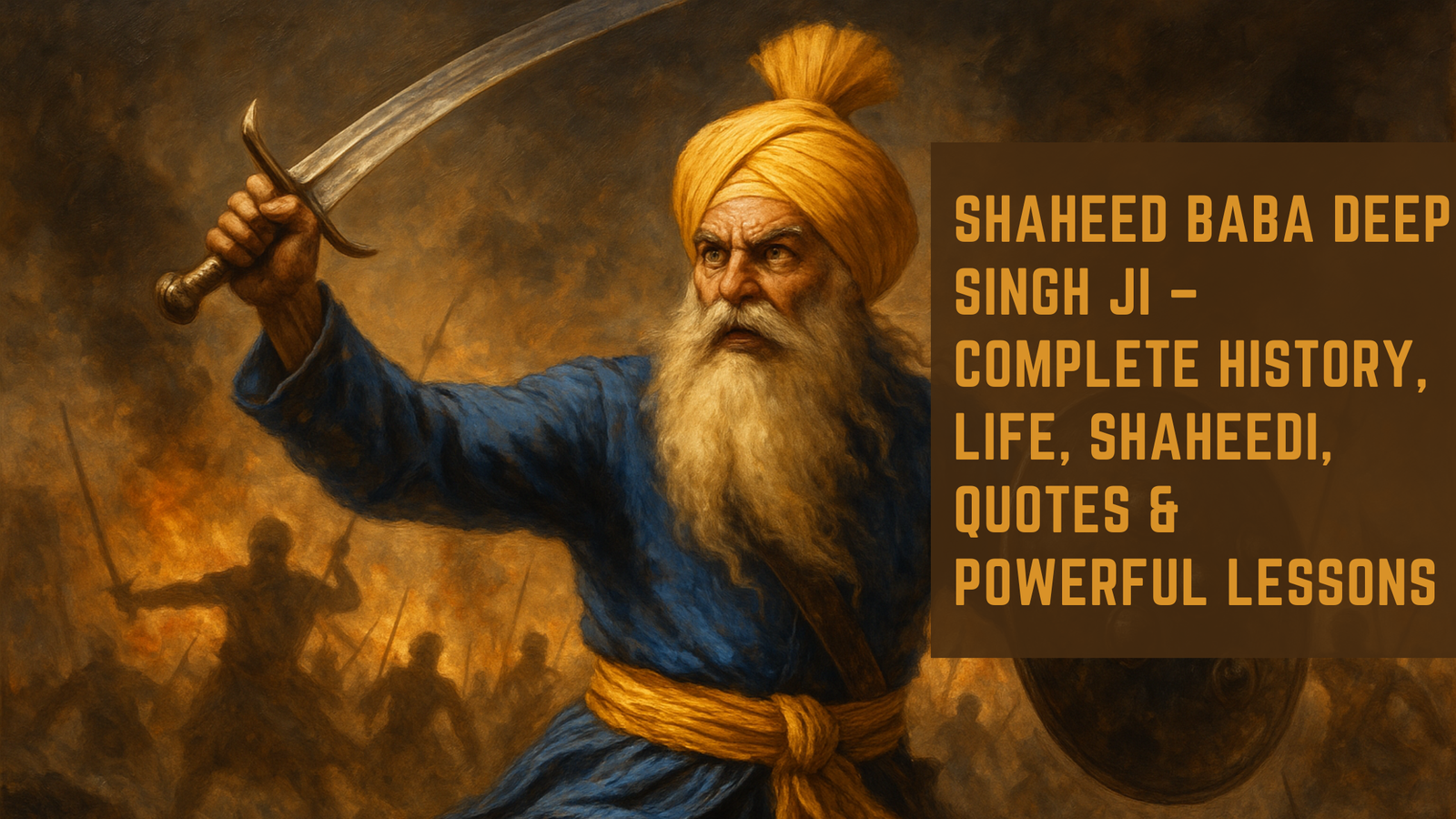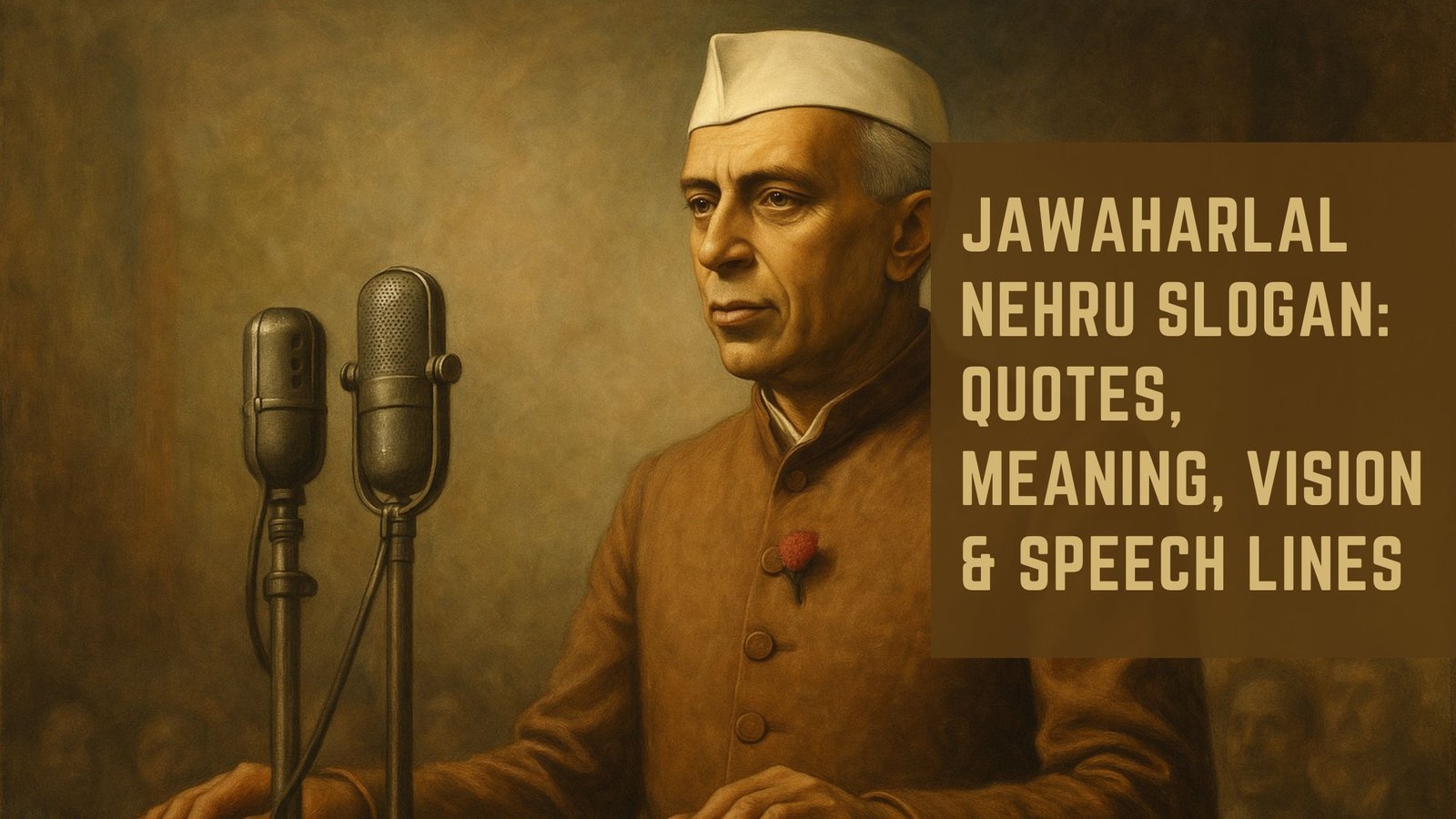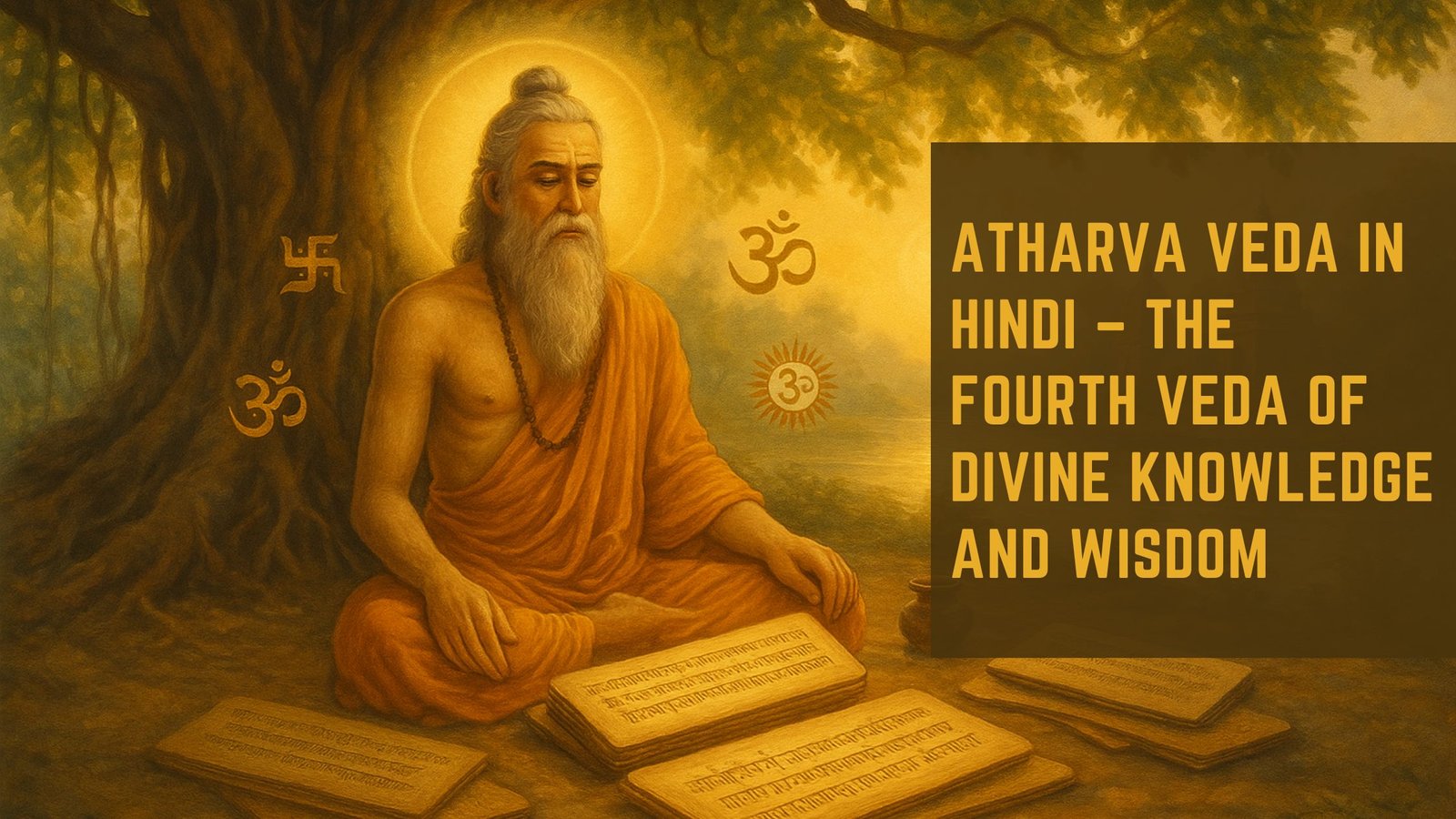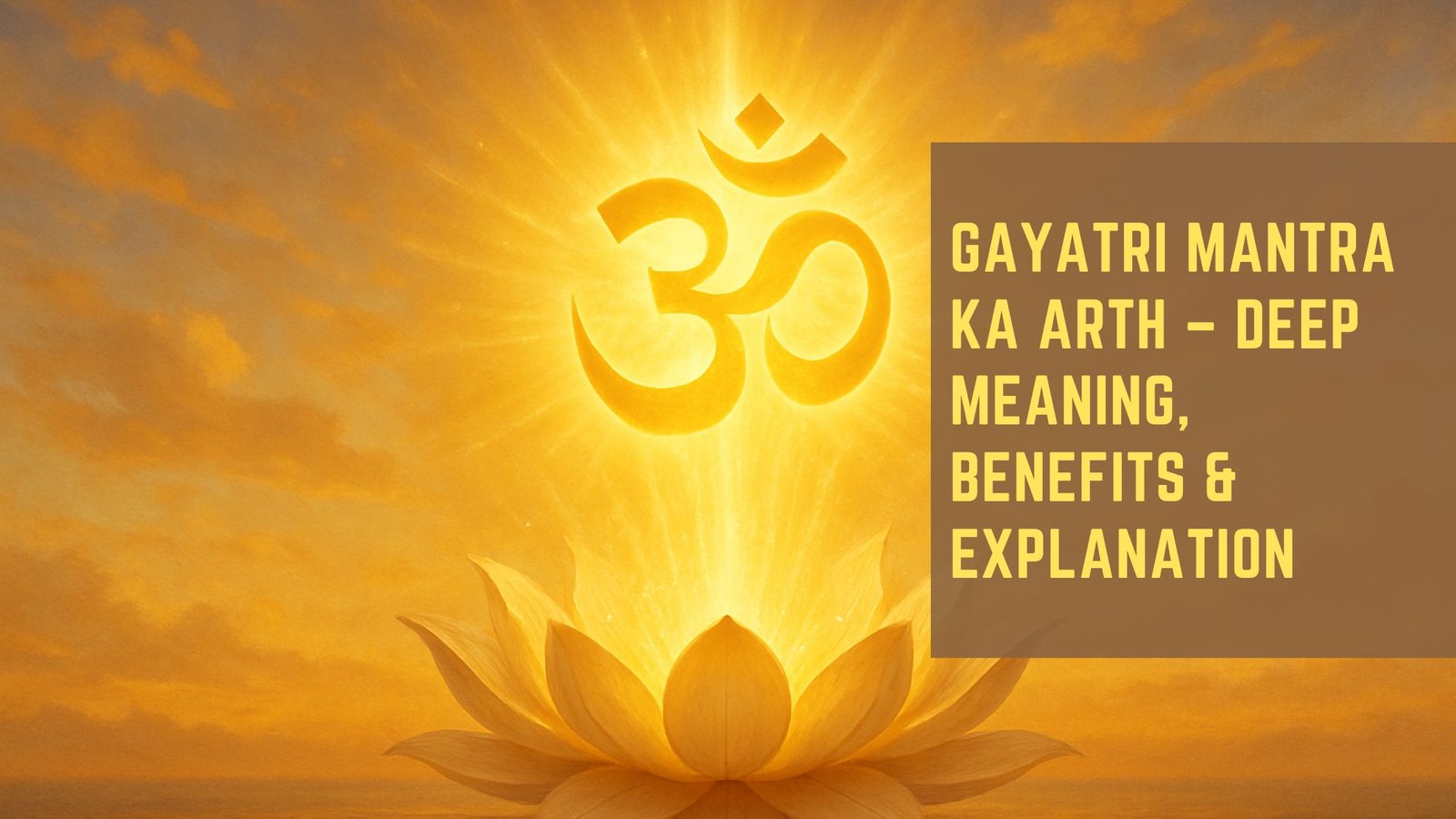The Bhagavad Gita, often referred to simply as the Gita, is a 700-verse Hindu scripture that is part of the Indian epic Mahabharata. It is a philosophical dialogue between Prince Arjuna and Lord Krishna, who serves as his charioteer.
The Gita addresses the complexities of human existence, offering insights into the nature of reality, the self, and the universe. It has been revered for centuries as a guide to living a life of purpose and integrity. The context of the Gita is set on the battlefield of Kurukshetra, where two factions of a royal family are poised for war.
Arjuna, a warrior prince, is filled with doubt and moral confusion about fighting in the battle against his own relatives and teachers. In this moment of crisis, Krishna imparts wisdom that transcends the immediate situation, addressing universal themes of life, death, duty, and the pursuit of truth. The teachings of the Gita have resonated with countless individuals across cultures and epochs, making it a timeless source of inspiration and guidance.
Key Takeaways
- The Bhagavad Gita is a sacred Hindu scripture that offers guidance on how to live a fulfilling and meaningful life.
- Adversity is seen as an inevitable part of life in the Bhagavad Gita, and it teaches the importance of facing challenges with resilience and inner strength.
- The concept of strength in the Bhagavad Gita goes beyond physical power and includes mental, emotional, and spiritual fortitude.
- Bhagavad Gita 11:32 emphasizes the importance of finding inner strength and resilience in the face of adversity.
- By applying the teachings of Bhagavad Gita 11:32 in daily life, individuals can cultivate resilience and inner strength to overcome challenges.
Understanding Adversity in the Bhagavad Gita
Adversity is an intrinsic part of human experience, and the Bhagavad Gita delves deeply into how one can navigate through life’s challenges. Arjuna’s initial reluctance to engage in battle symbolizes the internal struggles that everyone faces when confronted with difficult choices. The Gita teaches that adversity can serve as a catalyst for personal growth and self-discovery.
Rather than viewing challenges as insurmountable obstacles, Krishna encourages Arjuna to see them as opportunities to fulfill his dharma, or duty. Krishna’s teachings emphasize that adversity is not merely an external phenomenon but also an internal one. The real battle lies within oneself—the struggle between one’s higher ideals and lower instincts.
The Gita posits that understanding and accepting adversity is crucial for spiritual evolution. By embracing challenges, individuals can cultivate resilience and develop a deeper understanding of their purpose in life. This perspective transforms adversity from a source of fear into a pathway for enlightenment.
The Concept of Strength in the Bhagavad Gita

Strength in the Bhagavad Gita is multifaceted, encompassing physical, mental, and spiritual dimensions. Krishna elucidates that true strength is not merely about physical prowess or martial skill; it is about inner fortitude and moral courage. Arjuna’s initial hesitation reflects a lack of confidence in his own strength, but Krishna reassures him that real power comes from aligning oneself with righteousness and truth.
This alignment fosters an unwavering resolve that can withstand any external challenge. Moreover, the Gita emphasizes the importance of self-awareness in cultivating strength. Understanding one’s own nature, desires, and fears is essential for harnessing inner power.
Krishna encourages Arjuna to rise above his doubts and act according to his higher self rather than succumbing to emotional turmoil. This notion of strength is deeply connected to the idea of selfless action—performing one’s duty without attachment to the results. Such an approach not only fortifies one’s character but also contributes to a greater sense of peace and fulfillment.
Exploring Bhagavad Gita 11:32
In Chapter 11, Verse 32 of the Bhagavad Gita, Krishna reveals his universal form to Arjuna, showcasing his divine nature and the vastness of existence. This moment is pivotal as it underscores the transient nature of life and the inevitability of death. Krishna declares himself as Time (Kala), which devours all beings, emphasizing that everything in the material world is temporary.
This revelation serves as a profound reminder that human life is fleeting and that one must act with urgency and purpose. The significance of this verse extends beyond its immediate context; it invites readers to reflect on their own lives in relation to the greater cosmos. By recognizing the impermanence of existence, individuals are encouraged to prioritize their actions based on higher principles rather than transient desires.
This understanding fosters humility and a sense of interconnectedness with all beings. It also instills a sense of responsibility to act righteously, knowing that one’s actions contribute to the larger tapestry of life.
Finding Resilience and Inner Strength
Resilience is a recurring theme in the Bhagavad Gita, where Krishna teaches that true strength lies in one’s ability to remain steadfast amidst turmoil. The text illustrates that resilience is not merely about enduring hardship but also about maintaining equanimity in both success and failure. Krishna advises Arjuna to cultivate a balanced mind—one that remains undisturbed by external circumstances.
This mental fortitude allows individuals to navigate life’s ups and downs with grace. The Gita also emphasizes the importance of surrendering to a higher power as a means of finding inner strength. By recognizing that one is part of a larger cosmic order, individuals can relinquish their fears and anxieties.
This surrender does not imply passivity; rather, it encourages active engagement with life while trusting in divine guidance. Such an approach fosters resilience by alleviating the burden of control and allowing individuals to respond to challenges with clarity and purpose.
Applying the Teachings of Bhagavad Gita 11:32 in Daily Life

The teachings encapsulated in Bhagavad Gita 11:32 can be applied practically in everyday life by fostering an awareness of impermanence and prioritizing meaningful actions. Recognizing that life is transient encourages individuals to focus on what truly matters—relationships, personal growth, and contributions to society. This perspective can lead to more intentional living, where choices are made based on values rather than fleeting desires.
Moreover, embracing the concept of time as articulated by Krishna can inspire individuals to take decisive action rather than procrastinating or succumbing to fear. Understanding that every moment is precious can motivate people to pursue their passions and fulfill their responsibilities with vigor. This proactive approach not only enhances personal fulfillment but also positively impacts those around them, creating a ripple effect of purpose-driven living.
Overcoming Adversity through the Bhagavad Gita
The Bhagavad Gita offers profound insights into overcoming adversity by emphasizing self-awareness, duty, and resilience. One key teaching is the importance of performing one’s duty without attachment to outcomes—a principle known as Nishkama Karma. By focusing on actions rather than results, individuals can navigate challenges with a sense of detachment that alleviates stress and anxiety.
This approach empowers people to face adversity head-on without being paralyzed by fear of failure or loss. Additionally, the Gita encourages individuals to seek guidance from within and from higher principles when faced with difficult situations. By cultivating a strong moral compass and aligning actions with dharma, one can find clarity amidst chaos.
The teachings advocate for introspection and self-reflection as tools for understanding one’s motivations and fears. This inner work fosters resilience by equipping individuals with the tools needed to confront challenges with confidence and grace.
Embracing Strength in the Face of Adversity
The Bhagavad Gita serves as a timeless guide for navigating life’s adversities by emphasizing strength derived from self-awareness, duty, and resilience. Its teachings encourage individuals to embrace challenges as opportunities for growth while remaining anchored in higher principles. By understanding the transient nature of existence as articulated in Chapter 11, Verse 32, one can cultivate a sense of urgency in pursuing meaningful actions.
Ultimately, the Gita inspires individuals to find strength within themselves by aligning their actions with their true purpose. In doing so, they can face adversity not only with courage but also with an unwavering commitment to righteousness. The wisdom imparted by Krishna continues to resonate across cultures and generations, offering profound insights into overcoming life’s challenges while fostering inner peace and fulfillment.
If you are interested in exploring more about the wisdom found in the Bhagavad Gita, you may want to read the article “The Gita: A Universal Guide to Life Wisdom” available at this link.
It provides insights into the universal truths and practical guidance that can help us navigate the complexities of life with wisdom and grace.
FAQs
What is the Bhagavad Gita?
The Bhagavad Gita is a 700-verse Hindu scripture that is part of the Indian epic Mahabharata. It is a sacred text of the Hindu religion and is considered one of the most important spiritual classics.
What is verse 32 from chapter 11 of the Bhagavad Gita?
Verse 32 from chapter 11 of the Bhagavad Gita is a verse that is part of the dialogue between Lord Krishna and Arjuna. In this verse, Lord Krishna reveals his universal form to Arjuna, demonstrating his divine power and omnipresence.
What is the significance of verse 32 from chapter 11 of the Bhagavad Gita?
The significance of this verse lies in its portrayal of the divine nature of Lord Krishna and his ability to manifest in a universal form. It serves as a powerful demonstration of the omnipotence and omnipresence of the divine.
How is verse 32 from chapter 11 of the Bhagavad Gita relevant today?
The verse continues to be relevant today as it offers spiritual guidance and insight into the nature of divinity and the relationship between the individual soul and the universal consciousness. It is often studied and revered by those seeking spiritual wisdom and enlightenment.











4 thoughts on “Finding Strength in Adversity: Bhagavad Gita 11:32”